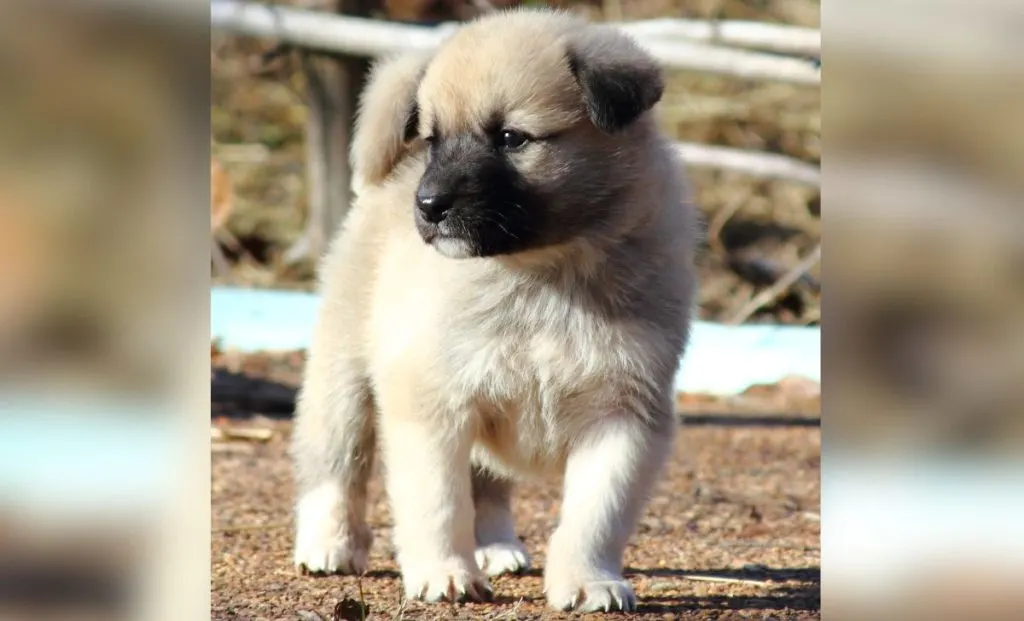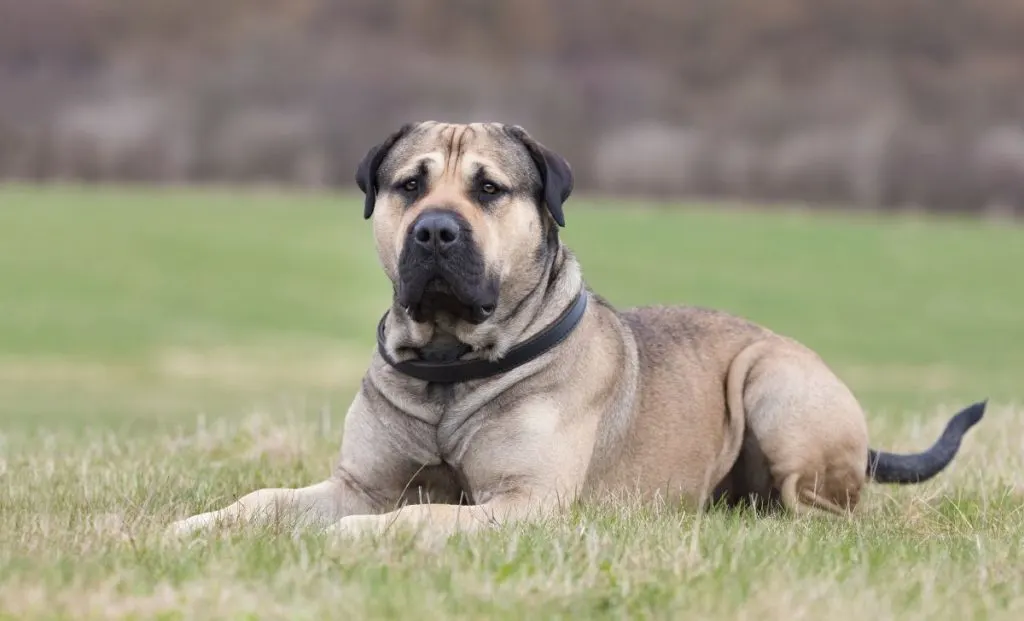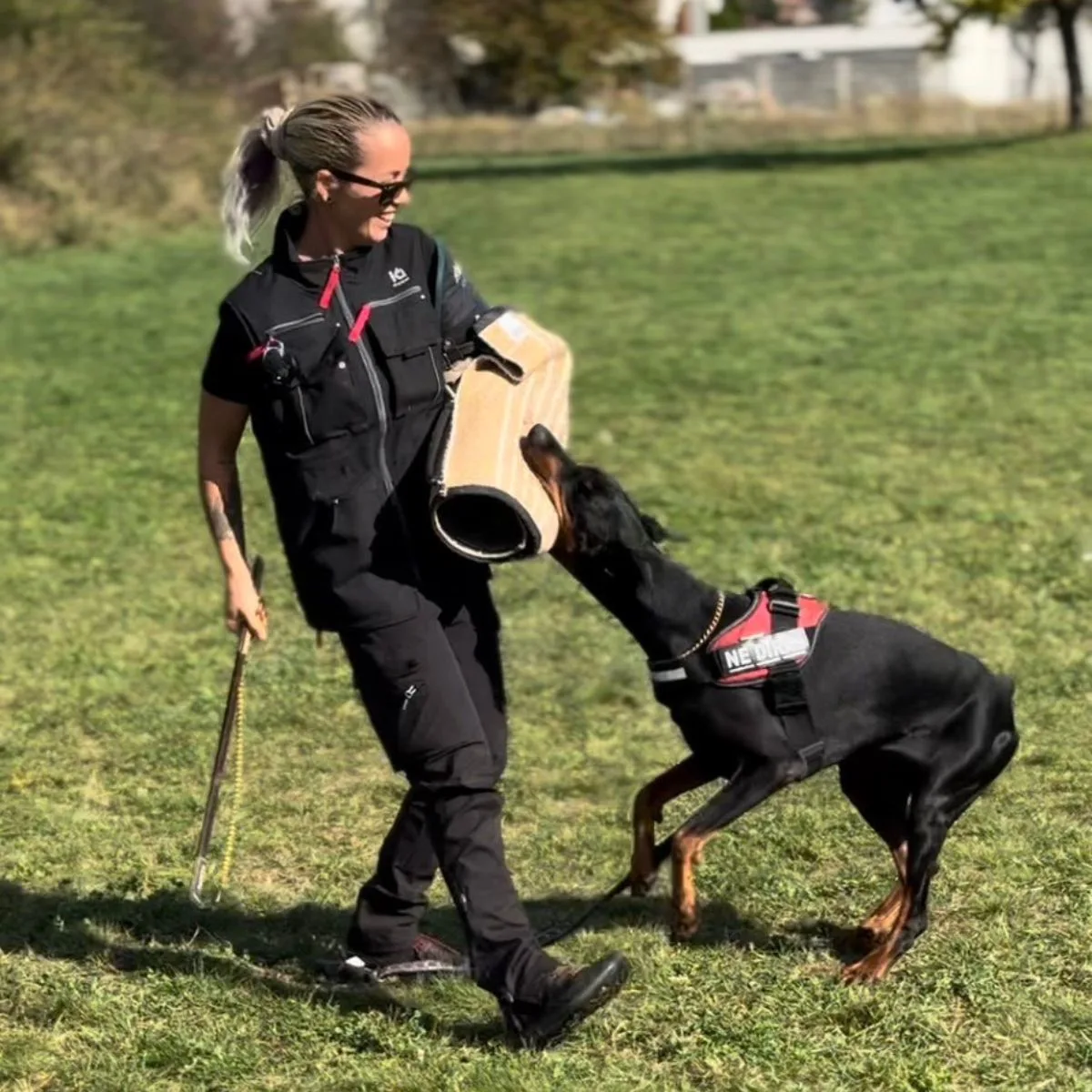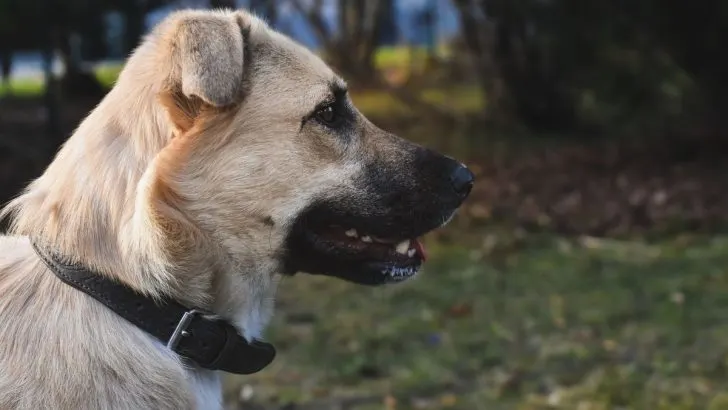If you are an owner of this massive breed you must have wondered how to train Anatolian Shepherds. Even though it is not an easy task, I’m here to give you some basic advice.
The Anatolian Shepherd Dog, a large dog from Turkey is also known as the Anatolian Karabash. These dogs were bred to guard sheep in the Anatolian region in Turkey.
This breed needs brushing of its double coat daily to keep it tangle-free and clean. They also need long walks and a lot of exercise in a large area where they can run freely.
Because they are an intelligent breed, they need tons of mental stimulation to be happy and healthy.
If cared for correctly and by good breeders, they can live up to fifteen years. They do not have any extreme medical issues except hip dysplasia, which bothers all large dog breeds.
This dog is huge and powerful and, as such, is not suited for beginners. They are best paired with experienced handles because they need more than a year of training to be stable and obedient.
Are Anatolians Easy To Train
Dog training is not as much about teaching your dog commands as it is about how you live with your dogs.
All behaviors your dogs exhibit (the good and the bad) are created by you, your behaviors, and the way you live with your dog.
In real life, it’s all about what you do with your dog, what you do not do, what you allow him to do, and what you don’t allow. All those things are messages and cues to your dog regarding how they should behave.
Send the wrong messages, by accident or not, and you will have problems down the road. Nowadays, some dog training methods are based purely on what makes the owner feel good rather than what makes sense to the dog.
Today, in our politically correct world, “positive only” or “purely positive” dog training has become popular.
What that is is that you use food to encourage your dog to do something. If the dog does the desired behavior, he gets the food. If he doesn’t, nothing happens.
You don’t say “No” to the dog if he does something that we consider inappropriate behavior – like jumping on people, lunging at other dogs, and so on.
No matter how bad the behavior is, you don’t do anything that would make the dog uncomfortable – even for a split second, even if doing that would solve a naughty behavior.
Just imagine if we raised our kids in the same way.
Don’t get me wrong, I am not saying positive reinforcement doesn’t work; I’m just saying that a balanced approach to training is essential, especially with dog breeds that are not soft.
Puppy Training

Most people find puppy training much more challenging than they imagined possible.
Usually, they attribute this to some deficiency or problem in the puppy himself. “He’s just so stubborn, he doesn’t listen, he nips our kids, he pees all over the floor…”
People generally don’t realize that it’s normal for the pups to try out all kinds of behaviors – we must respond correctly.
Early training for an Anatolian shepherd puppy includes a lot of socialization.
Introduce children, dogs, larger animals, sheep, and whatever you can find. Bring your dog into contact with it as soon as possible.
Young dogs need an awful lot of order with set parameters of behaviors that are allowed or not allowed.
This breed is highly wary of strangers. Therefore, thorough socialization is a must. This is best done when your new dog comes home in the early days.
Obedience training should start as early as possible, as well, due to this dog’s enormous size. Firm, consistent training while they are young will prevent an out-of-control, huge dog that tries to show dominance over its owner.
Adult Dog Training
If you did not buy your dog, but adopted your Anatolian from a rescue you must be aware it’s going to be more challenging than getting a Puppy.
Adults need consistent training, just as puppies do. All dogs need training for their entire life, but massive guardian breeds primarily.
Remember that adult dog training is more challenging as you do not start with a blank slate per se.
You have to deal with any prior trauma or training mistakes done by earlier owners. Don’t let that discourage you from adopting though, training these dogs offers much more personal satisfaction.
Time and effort are required to keep Anatolians socialized and well-behaved throughout life. They are extremely strong and very stubborn at times.
If your goal is a dog breed that will obey you at the drop of a command, then this breed is not the breed for you.
The owner should not let commands be given unless an effort is made to follow through should the dog elect the reaction of “selective deafness” often present in adult dogs of this breed.
Poultry Guard Training

Anatolian Shepherd dogs have been used as guardians for a wide range of hoofstock and animals.
The bonding process of a puppy or adult dog to the stock is one of the essential steps, especially for some of the smaller types of fowls that are disadvantaged due to their smaller size and fragility.
While pups are often penned or boarded with some of the larger animals and old dogs while they learn the proper behavior, even a very young pup can damage or kill a chick during a play interaction.
That is why it is crucial to set the parameters of behavior quickly and firmly in dogs planned as poultry guardians.
The limits of appropriate and inappropriate conduct should always be set early on and adhered to.
Anatolian Shepherds have been used to guard the flock of poultry for many years. Only a pair of dogs is enough to cover the flock full-time.
Successful bird guards seem to view the fowls as their own pets, regarding them with a beautiful tolerance and a desire for peace and order.
They are born with the potential to do this kind of work, with all the necessary instincts for stock guardianship. How do we actualize their inborn potential? The beginning is socialization.
Chasing is a naturally rewarding behavior, so in order to stop it, the less it is allowed to happen, the better and easier it is.
Also, allow alternatives for your dog; chasing is an instinct that is not bad, but it must be directed at the appropriate targets you pick (something all young dogs are taught by mothers).
A chicken might be “No” and “Leave it” (or get rolled and pinned), but a squirrel or rabbit may be “That’s a girl” and “Get it.”
Important Information
The Anatolian Shepherd has two distinct coat varieties, the short one and the rough one.
The short-coated variety possesses a short, and dense coat in solid colors. They range from cream to fawn, with a black mask and black ears.
Be prepared for the very heavy seasonal shedding that accompanies undercoated breeds.
At this time, the coat will need to be brushed often. Other than that, the Anatolian Shepherd Dog coat requires very little care.
Just like any de-chested dog, bloat or gastric torsion is a real possibility for an Anatolian Shepherd.
If you are unfamiliar with these conditions, learning about them and their symptoms is essential. These situations can cause real life-threatening conditions that will require emergency Veterinary attention.
Is This The Right Breed For Me
The rugged Anatolian Shepherd is not a breed very inclined to play fetch or Frisbee, nor should you expect animated responsiveness from them.
Developed strictly for practical purposes and as a guardian and caretaker of livestock, the Anatolian Shepherd is typically very serious and dignified, calm and quiet – unless challenged by an intruder (animal or human).
With fierce possessiveness, these livestock guardians bond with flock animals (such as sheep).
They make their own decisions about who is a friend and who is an enemy, what is a threat and what is not, and they react to every situation as they see fit, not as you would want them.
Potential owners who don’t have the experience to control these powerful instincts of these dogs should look for another breed. Anatolian Shepherds are most definitely not meant to be casual pets.
They are very dominant and self-reliant dogs who will try to manage everyone and everything they can unless you are a strong leader who knows how to make the dog respect you.
This breed needs a formal introduction to strangers before being touched, and even then they will remain vigilant every moment the strangers remain on his territory.
They are truly patient with their children and with submissive family pets. But they should not be expected to welcome those from outside their family.
Despite the bulk of this dog, the Anatolian Shepherd is remarkably agile and reactive. This dog needs a spacious yard with a six-foot-high fence that is highly secure.
Is this the right dog breed for you? Well, are you looking for a dog that:
- It is large and rugged yet agile and athletic
- Will protect your horses, llamas, sheep, goats, and chickens
- For his size, he needs only moderate exercise
- Is steady and dependable rather than playful
- Is severe and reserved with strangers, but not aggressive unless provoked
An Anatolian Shepherd may be the right breed choice for you. However, if you don’t want to deal with:
- a big dog who takes up a lot of space
- Providing enough exercise to keep him satisfied
- Massive destructiveness when bored
- Suspiciousness toward strangers
- Aggression toward animals who don’t belong to his family
- Providing six-foot fences and lots of supervision to prevent wandering
- He has a strong-willed mind of his own, needing a confident owner who can take charge
- Deep booming barks, especially at night when he hears a sound
- Heavy shedding
An Anatolian Shepherd may not be the right breed for you, so you should keep searching.

Nandina has been a lifelong dog owner and enthusiast. She shared her home with multiple breeds, including Giant Schnauzers, Cane Corsos, and Huskies. Currently, she is raising a three-year-old rescue and a working-line German Shepherd puppy.
Actively engaged in IGP dog sports for two years, Nandina is a certified instructor for basic obedience and socialization. She works as a trainer in her local dog sports club, and in her spare time, she handicrafts biothane gear for dogs.
